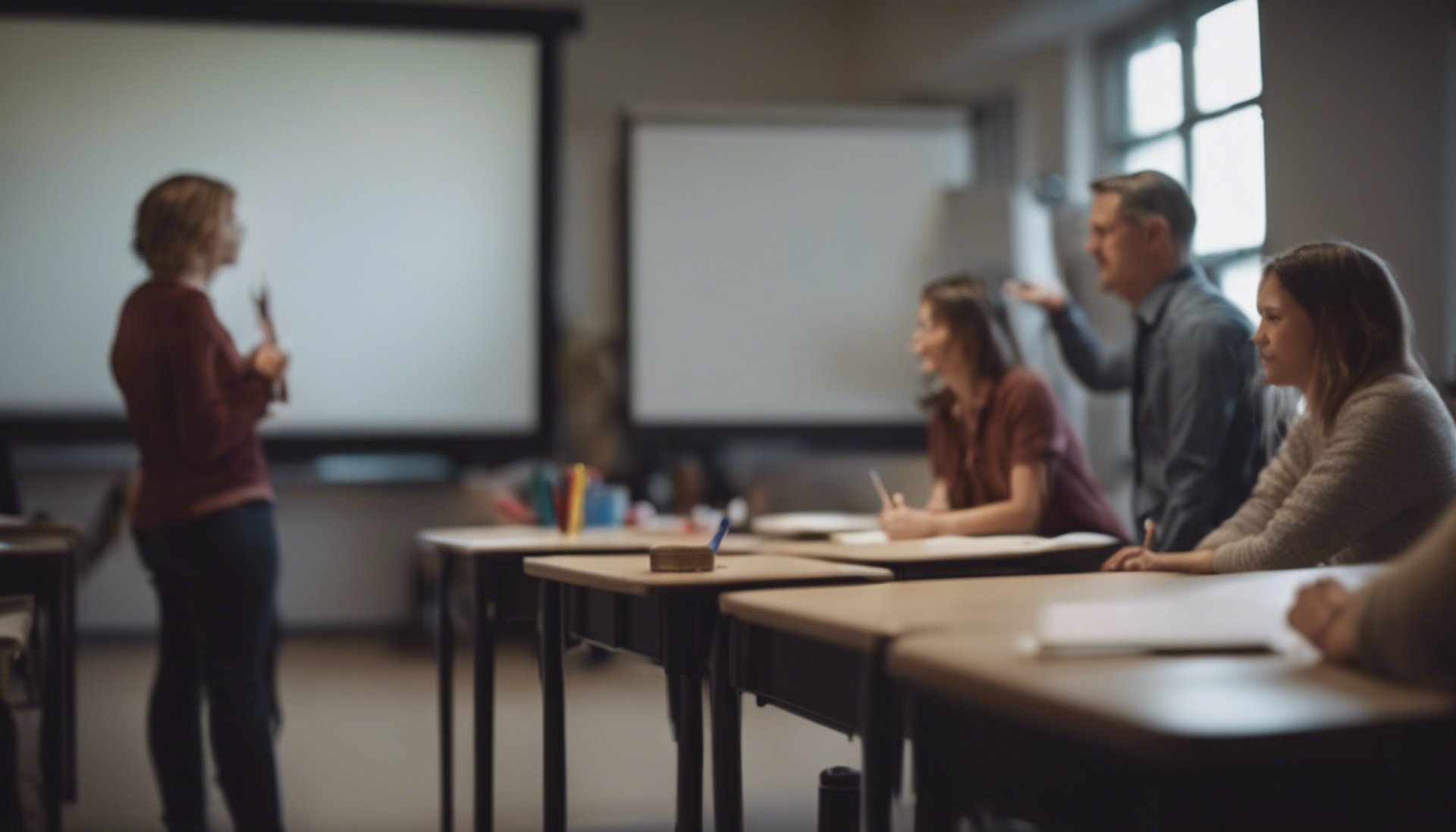
Maximizing Engagement and Learning: A Guide for Teaching History & Setting the TONE for a productive School year.
PREPPING FOR SCHOOLRESOURCES FOR THE CLASSROOM
Susan Pendley
8/5/20243 min read
Creating a Productive Classroom Environment.
The physical layout of your classroom is an important factor in engaging students and raising achievement: Positioning desks in a semi-circle or U-shape will provide students with a clear view of the board and each other. It will encourage inclusivity and participation; this is ideal for discussion activities. Visuals are also important: use bulletin boards to show the timeline of history and key documents and pictures of important people. This will contextualize the lessons and keep the class visually engaged.
Moreover, assigned seating is a strategic decision, particularly early in the year, to manage dynamics and to help students get to know one another in a structured way. Check out Savvy Lessons on TeachersPayTeachers for some resources to help you with classroom set-up and structure.
Minimizing Cell Phone Distractions.
Cell phones are part of the digital age and, if not managed properly, can derail learning. I have found the most important thing to do is to establish a ‘no cell phone’ policy early. Tell your students what you will and will not allow — such as when they can use them, if at all — and under what circumstances. Those circumstances might include using them at breaks, or only at the end of a class.
Another strategy I use is to buy a caddy that allows students to deposit their cell phones at the beginning of class, and retrieve them at the end. This way, they can still use them if they want, but only if they put them down while they are learning. At the same time, students develop self-management skills by having to keep the phone tucked away for the duration of the class.
Facilitating Discussions Through Socratic Questioning.
Group discussion is also highly valuable in a history class: one of the joys of college history is that students can explore and think deeply about a topic. So, have frank discussions, but establish ground rules for respectful and fruitful discussion beforehand. Socratic questioning is a particularly effective way to engage students. Ask them considered, open-ended questions to promote their thinking: ‘What are the interpretations of the First Amendment and how do they impact the way we live today?
Importance of Structure, Content, and Respect.
Providing a well-structured classroom is the most basic element in fostering student success. The first order of business is to present a syllabus that clarifies what students can expect from the class, including the main topics, the assignments, and the methods for assessing those assignments. Clarity establishes a structure that students can follow throughout the academic year. Equally important is the consistency in procedures involved in beginning and ending classes, assigning and collecting work, or handling conversations in the classroom.
In addition, content delivery should be interactive and animated as well. Provide a combination of lectures, peer work and other forms of multimedia presentation to cater for students’ different learning styles. Finally, respect is also essential: create an atmosphere of mutual respect so that students feel valued, willing to participate, and also respect each other’s ideas.
Continuity and Long-Term Engagement.
Third, continuity across the school year helps students maintain learning and behavioral expectations. That is why review lessons, regular feedback and a steady pace of class presentation matter. They keep the focus on learning across time.
The first week of teaching will set the tone for the entire year. In this class, I have an opportunity to create a productive classroom environment with clear rules for my students, diminishing distractions as much as possible, asking probing and meaningful questions that encourage them to think and reflect, and maintaining a structured class that allows students a voice while maintaining respect for each other so they can learn as much history as possible. My ultimate objective is to teach students to think about history so that they can not only have an understanding of what occurred in the past, but have a deeper and enduring comprehension of how the past shapes who we are today and tomorrow. Savvy Lessons can provide a variety of specialized resources to help you accomplish this. Please visit the storefront on Teachers Pay Teachers.
